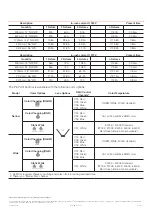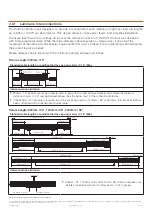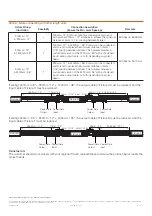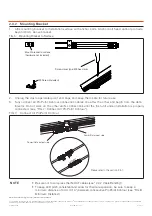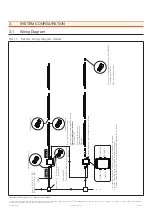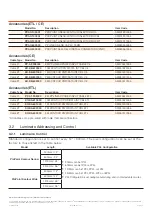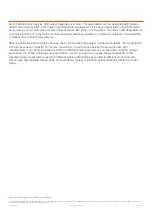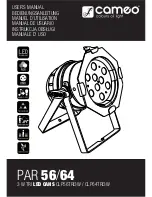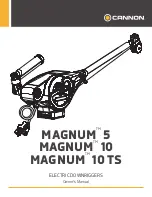
www.traxontechnologies.com | www.osram.us/traxon
©2020 TRAXON TECHNOLOGIES - AN OSRAM BUSINESS. ALL RIGHTS RESERVED. TRAXON™, TX CONNECT®, ARE TRADEMARKS OF TRAXON TECHNOLOGIES. U.S. PATENTS, E.U. PATENTS, JAPAN PATENTS, OTHER PATENTS
PENDING. SPECIFICATIONS ARE SUBJECT TO CHANGE WITHOUT NOTICE.
Installation Guide
IG0110EN V1.0 12/20
P. 23 of 25
As with all electronic devices, LED output degrades over time. This degradation can be described using a term
called Lumen Depreciation. This output degradation also explains why it is nearly impossible for the photometric
performances of two LED products with different service life spans to be the same. The rate of LED degradation is
a complex function of many factors such as operating efficiency, duration of continuous operation, and operating
conditions (e.g. ambient temperature).
Because LEDs are semiconductor devices, their performances are subject to inherent variability commonly found
in the semiconductor industry. To improve consistency in performance across the same product, LED
manufacturers “sort” LEDs into bins according to different preset parameters, such as forward driving voltage,
illumination, etc. While binning is a sorting function, it is not a correction process. Inherent variability in the
manufacturing process always results in different binning distributions according to different production lots.
Traxon uses automatically binned LEDs on its products, thereby minimizing output variations within the model
range.

